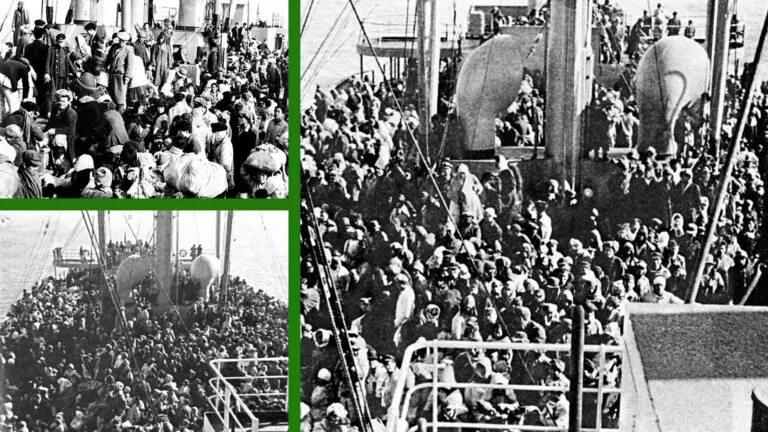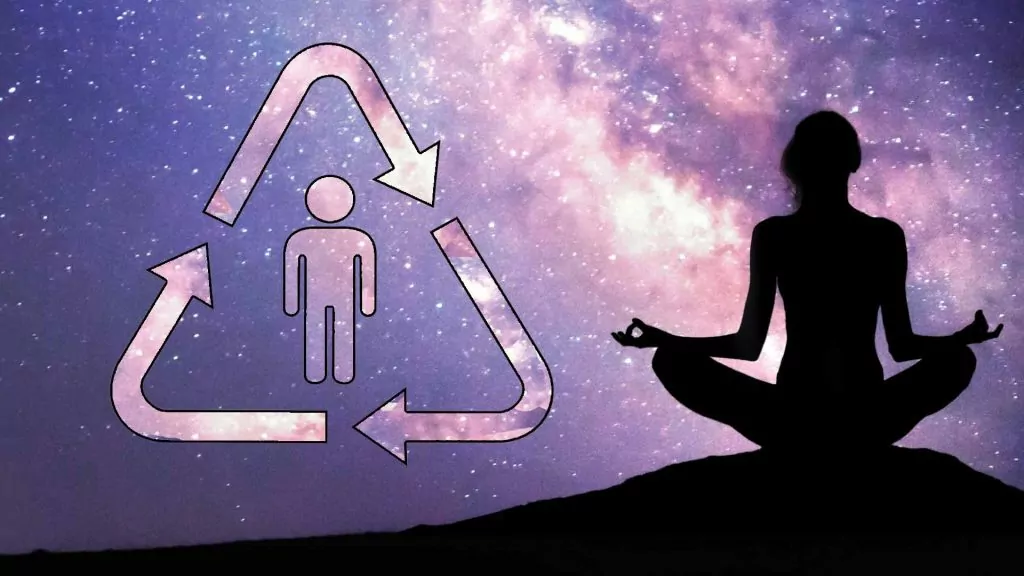There was nothing about USS Meredith Victory that would make it stand out from the crowd. The ship was a cargo vessel, built as part of the merchant marine during the Second World War. It was 455 feet long from bow to stern. The width at the widest point was a mere 62 feet. To give that context, a Canadian football field is 450 feet long from the farthest part of the endzone to the tip of the other end zone, and 195 feet wide. The Meredith Victory was not an especially big ship.
The ship, however, was destined for a brief moment of fame. During the Korean War, the vessel was sent to bring supplies for the troops of the United Nations forces. With the Chinese invasion in December 1950, United Nations and South Korean forces were pushed to the brink. Close to 100 ships, including Meredith Victory, were sent to the port of Hungnam to evacuate 100,000 troops and as many of the 100,000 civilians as possible. Leonard LaRue, captain of Meredith Victory, offloaded any cargo or weapons that had been on board and set off for the port in order to accommodate as many refugees as he could.
Room for two dozen
On December 22, his vessel was guided through the minefield in the harbor by a minesweeper, and was then left to load passengers. Meredith Victory normally had a crew of 35, with 12 officers, and bunks for up to 12 additional passengers. There was food, water, and sanitation supplies for only that small complement of 59. By the time the ship had been fully loaded, around 11 the next morning, Meredith Victory had brought on approximately 14,000 Korean civilian refugees.
No one would have blamed the captain if he had left the port hours earlier, leaving many of the refugees behind. The ships that had escorted Meredith Victory safely in had left during the night, making the vessel’s trip out through the minefield extremely perilous. All around, United Nations ships were shelling the port in order to deny it to the enemy forces. Yet Captain LaRue stayed until his ship was, literally, standing room only.
Left vulnerable without a military escort, the ship arrived in the port of Pusan on Christmas Eve. First Mate D.S. Savastio, with only basic first aid training, had delivered five babies en route. Despite the bitter December cold, the lack of light or heat in the holds, and the fact that many were forced to stand on the ship’s deck shoulder to shoulder due to overcrowding, there were no injuries. However, Pusan already had its own problems with refugees, and was only able to accept those injured before boarding the ship. Meredith Victorysailed another 50 miles to Geoje Island, where it was able to unload the refugees on Boxing Day, December 26.
Seeing rightly begets bravery
After the war, the South Korean government awarded the ship the Presidential Unit Citation. An act of the U.S. Congress gave the vessel the title “Gallant Ship.” And the Guinness World Records group has called the event the largest evacuation from land by a single ship. Considering when it happened, it’s tempting to look at this story as a Christmas Miracle, the kind you might find in a Hallmark movie. The description certainly fits.
However, it’s worth noting that Leonard LaRue, the captain of Meredith Victory, said that he believed “God’s own hand was at the helm of my ship.” His words are backed up by his later decision to give up the sea in favor of a life in a monastery. While that was a wrong turn, it’s clear that LaRue saw his life, and the lives of these thousands of others, as gifts from God. So he cherished them. And took enormous risks to try to protect these fellow Image-bearers.
Faith isn’t a guarantee of success, but trusting God fully can be the catalyst for us to show love to others – even at great risk to ourselves – because we know that come what may, God’s got us.
James Dykstra is a sometimes history teacher, author, and podcaster at History.icu “where history is never boring.” Find his podcast at History.icu, or on Spotify, Google podcasts, or wherever you find your favorite podcasts.















